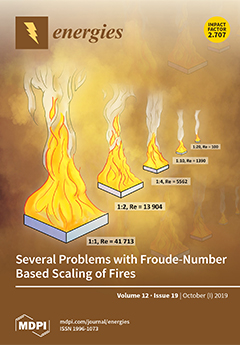This paper numerically investigates the effects of airfoil leading edge radius on the aerodynamic characteristics of H-rotor Darrieus vertical axis wind turbine (VAWT). 10 modified airfoils are generated by changing the leading edge radius of the base NACA 0015 airfoil from 1%
c to 9%
c, respectively. A 2D unsteady Computational Fluid Dynamics (CFD) model is established and validated with the previously published experimental data. The power, torque, and flow field characteristics of the rotors are analyzed. The results indicate that the maximum and minimum power coefficient at the optimum tip speed ratio (TSR) are obtained for the LE-5%
c and LE-1%
c model, respectively. The best aerodynamic characteristics are determined by the LE-5%
c model below the optimum TSR and the LE-3%
c model beyond the optimum TSR. The torque characteristics and pressure distribution for the single blades with different airfoil leading edge radius show an obvious difference in the upwind region and a very small difference in the downwind region. Moreover, the airfoil leading edge radius influences the strength, region, and diffusion rate of the vortices, being the main reason for the observed differences in instantaneous torque coefficient and power coefficient. The vortices of the LE-1%
c model are stronger, larger, and diffuse slower than those of the LE-2%
c and LE-5%
c model at the optimum TSR.
Full article





